Discover the city of Bristol and its fascinating history. From its maritime heritage to its vital present. Explore its stunning architecture and museums.
Bristol is a vibrant and diverse city with a fascinating history that is worth exploring with its iconic Clifton Suspension Bridge to its rich maritime heritage, visiting Bristol is an experience you won’t forget. There are a variety of attractions to explore, so come and experience the city’s unique culture and history. Three main reasons to visit Bristol include the city’s iconic suspension bridge, its rich maritime heritage, and its vibrant street art scene.
Content
- 3 Reasons Why Numerous Movies were Filmed in Bristol?
- Exploring Bristol's Past
- Bristol's Rich History: Must-See Historical Site
- Exploring Bristol's Green Spaces – A Guide to Nature in the City!
- Bristol's Varied Modes of Transport
3 Reasons Why Numerous Movies were Filmed in Bristol?

1. Diverse Range of Locations
Bristol is a beautiful city located in the South West of England and it has been used as the location for numerous movies due to its diverse range of locations – from picturesque harbors, rolling hills, historical buildings, and even city landscapes.
2. BBC Natural History Unit
The presence of the BBC Natural History Unit in Bristol also means that filmmakers have access to lots of specialist equipment such as camera crews, 4K cameras, and aerial drones for aerial shots. In addition, the area offers excellent transport links with London, as well as access to other major cities by road or rail allowing productions to benefit from experienced crew, facilities, and cost-effectiveness while filming.
3. Vibrant Culture Hub
Finally, Bristol’s reputation as a vibrant cultural hub full of art galleries, museums, and festivals makes it a great place to set up camp for filming!
List of Some of the Movies
- Atonement (2007)
- The Other Boleyn Girl (2008)
- The Dark Knight Rises (2012)
- Summer in February (2013)
- The Bad Education Movie (2015)
Exploring Bristol’s Past
Iron Age and Middle Ages
Bristol, in the South West Region, is one of the oldest cities in England and has an incredibly rich history. It dates back to the Iron Age and was an important port city during the Middle Ages when it became renowned for its wool trade with Ireland. Bristol was also the starting point for John Cabot’s famous voyage to North America in 1497, making it one of the earliest English colonial settlements.
16th Century and 1642
The 16th century saw much religious unrest between Catholics and Protestants, which eventually led to England’s first civil war in 1642 from which Oliver Cromwell emerged victorious. At that time, Bristol also became a major center for trade with Africa as a gateway for African slaves coming into Britain’s Caribbean colonies.
19th Century and 20th Century
Furthermore, due to its geographical position on the River Severn and Storr’s Avon, Bristol was integral in developing shipbuilding technology throughout its prosperous 19th-century docklands boom. The 20th century saw advances in aircraft building and better transportation links with London making Bristol the vibrant bustling city we know today!

Did you Know …
| – Bristol was founded by the Anglo-Saxons in the 11th century. | – was once the second most important port in England, after London. |
| – was the birthplace of the industrial revolution in the UK, with many of its docks and warehouses being used for the slave trade. | – home of Isambard Kingdom Brunel, who designed the SS Great Britain, the first iron-hulled, screw-propelled steamship to cross the Atlantic. |
| – the first city in the UK to be lit by electricity in 1881. | – home of the world’s first passenger airport, established in 1930. |
| – during the Second World War, Bristol was the target of frequent bombing raids by the German Luftwaffe. | – the birthplace of the British film industry in the early 1900s, producing some of the earliest silent films. |
| – jazz musician Cab Calloway and the rock band Massive Attack are both from Bristol. | – the largest city in the South West of England and home to two universities. |
Bristol’s Rich History: Must-See Historical Site

Visiting the historical sites in Bristol is a must! There is something magical when you step into the past and explore these amazing places. From the majestic Clifton Suspension Bridge to the captivating SS Great Britain, each site is brimming with history and culture. Exploring the Red Lodge Museum, you will learn about the Victorian era, and the Georgian House offers a glimpse of the 18th century. With these sites, you will experience the beauty and charm of Bristol that will last a lifetime.
1. Clifton Suspension Bridge: a Bristol icon
Clifton Bridge is one of Bristol’s oldest and most iconic bridges, moreover, it was built between 1864 and 1867 by Joseph Horning to connect Clifton with North Bristol and areas on the northern side of Bristol’s city center.
Allowing for a Smoother Ride
At the time, it was one of the biggest suspension bridges in the world. The bridge has twelve chains and cables that support the walkways and railings, in addition, it is a double cantilever bridge with no vertical support chains or pillars. This allows for a smoother ride while crossing the Bristol Channel.
Popular Tourist Destination
Clifton Suspension Bridge is one of Britain’s oldest and most famous bridges. It is a popular tourist location due to its historical significance as well as its appearance in literature and film. Because of its strong resemblance to Paris’s Pont des Arts, many call it ‘the Eiffel of Bristol.’ Whether you know it as that or another nickname, you can’t deny that this is one amazing piece of history! If you love bridges read my article on Dangerous & Weirdest Bridges.
2. Red Lodge Museum: a blast from the Past
The Red Lodge Museum was designed, built, and completed in 1702, and was later known as the home of wealthy John Pinney, who was a merchant, slave trader, and entrepreneur. The home has been standing for over three centuries and has also been used as a girl’s school, a boy’s school, and a sanctuary by local people throughout the years.
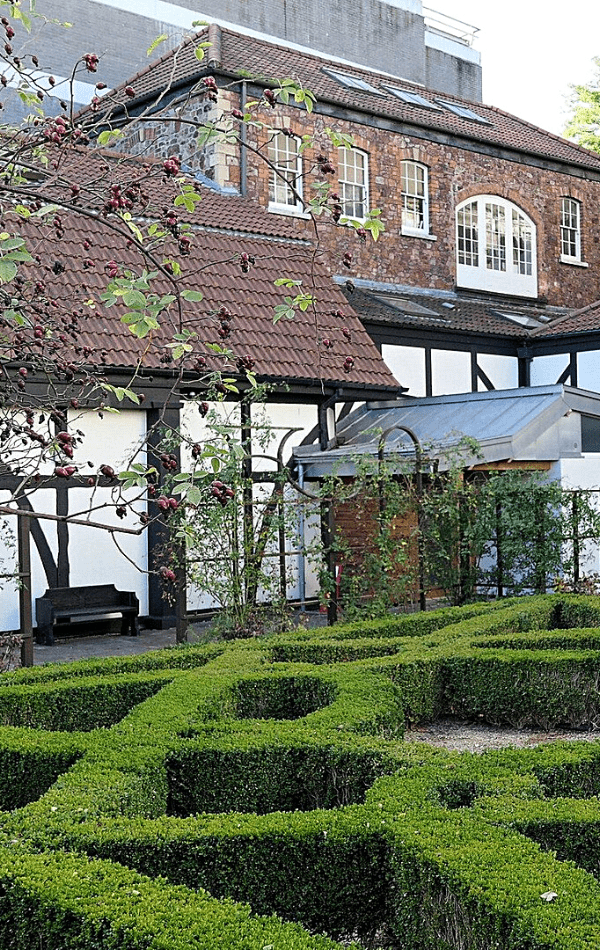
First Floor & Second Floor
- the core of the museum – how the house was used in Pinney’s day.
- compared to its original era before it was acquired by the city of Bristol in 1862.
- discover Bristol’s social history, including the famous merchants, slave traders, and entrepreneurs who lived here in the past.
- the second floor houses an exhibit on Bristol’s maritime history.
- contains crafts and art activities and a storytelling corner.
- also, a café that serves drinks and snacks, as well as a shop full of local tokens and souvenirs for visitors.
The top floor of the Red Lodge portrays Pinney as an example of a successful man and entrepreneur in the eighteenth century, therefore the exhibits here focus on Pinney’s business and social life, as well as showcasing his collections of furniture, fine art, and decorative glass. Other sections of the top floor include a display on women of the period and a ‘Pleasure Garden’ depicting Bristol’s parks and the people who would have used them in the past.
The Red Lodge Museum is a unique and unrepeated historic building, that allows visitors to explore and gain knowledge about Bristol’s past.
3. Blaise Castle Estate: a stunning estate
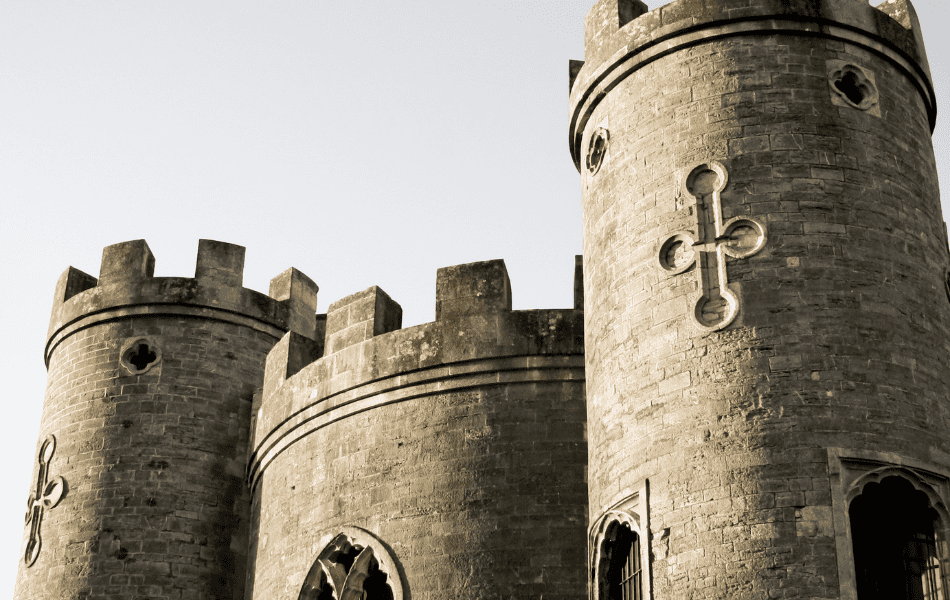
| Blaise Castle Estate in Bristol, England is a stunning example of an 18th-century estate, that is located in the Henbury area of the city and accessible via car or bike, it makes for a great afternoon out. Along with the impressive castle itself, visitors can enjoy landscaped grounds complete with walkways, woods, and an amazing iron-age hillfort – which offers incredible views over Bristol and beyond. |
Other highlights include a play area for kids, a café, and a tearoom, plus displays focused on the history of the estate – all of which add to Blaise Castle’s charm and make it one of Bristol’s most visited attractions.
4. Stunningly Majestic Bristol Cathedral
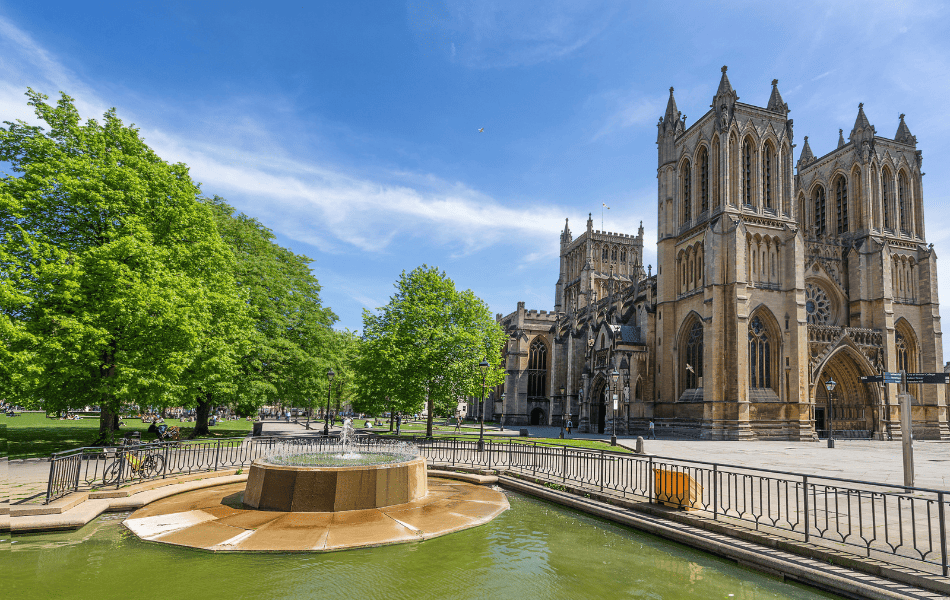
Standing proudly within Bristol’s city center, the Stunningly Majestic Bristol Cathedral is sure to take your breath away. Built-in 1140 in the Norman-Byzantine style, this incredible building is a sight to behold; its amazing interiors and great stone buttresses strike awe into everyone who passes by.
Imposing yet beautiful, the cathedral boasts a wide range of impressive features, including an awe-inspiring East Window that towers over its patrons; providing them with a glimpse of heaven on Earth.
| Add to this the breathtaking choir and elaborate vaulted ceilings and you have one of England’s most stunning monuments – not only does it stand as a testament to grace, but also serves as a reminder of how faith can bring beauty and serenity even in amongst turmoil. It truly is an exciting experience for those privileged enough to walk its hallowed halls! |
5. Iconic SS Great Western: Bristol’s Magnificent Maritime Marvel
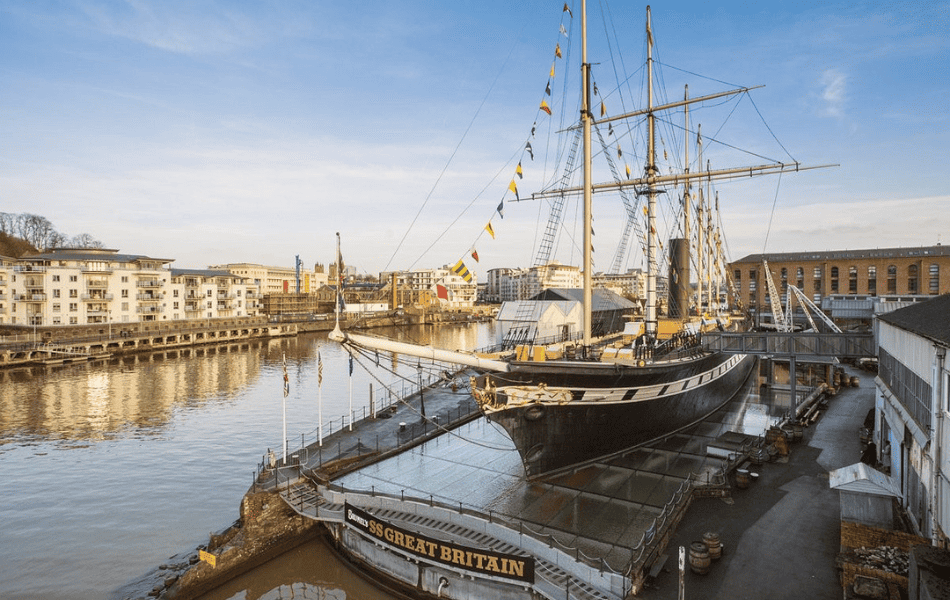
The SS Great Western is truly an iconic marvel of our maritime history! Constructed in 1837, it was the world’s first ocean-going mail steamship and the direct ancestor of all modern passenger vessels, exposing her unique design and teak decking, along with her regal blue and white livery, would make her stand out amongst other ships of her era.
Serving as a classic symbol of Bristol’s history, the SS Great Western’s legacy continues to reverberate throughout the city’s harbor today; from the early morning fog to her evening glow whilst entering port, she remains a tantalizing reminder of Bristol’s prominent maritime past. With technological innovations interwoven with romanticism and grandeur, it is no wonder why generations have been taken by its beauty!
6. Exploratory Adventure at M Shed, Bristol
Exploring the M Shed in Bristol is an exciting and unforgettable adventure! With galleries spanning over three floors devoted to the history of Bristol, you can tour and discover the stories of this unique city.
Archaeological collections
From archaeological collections, artwork, and objects from labs, factories, or shops to fashion pieces, photography, and sound recordings – there’s something for everyone. You can even visit reconstructed 1950s streets which are brimming with quirky sights, sounds, and smells!
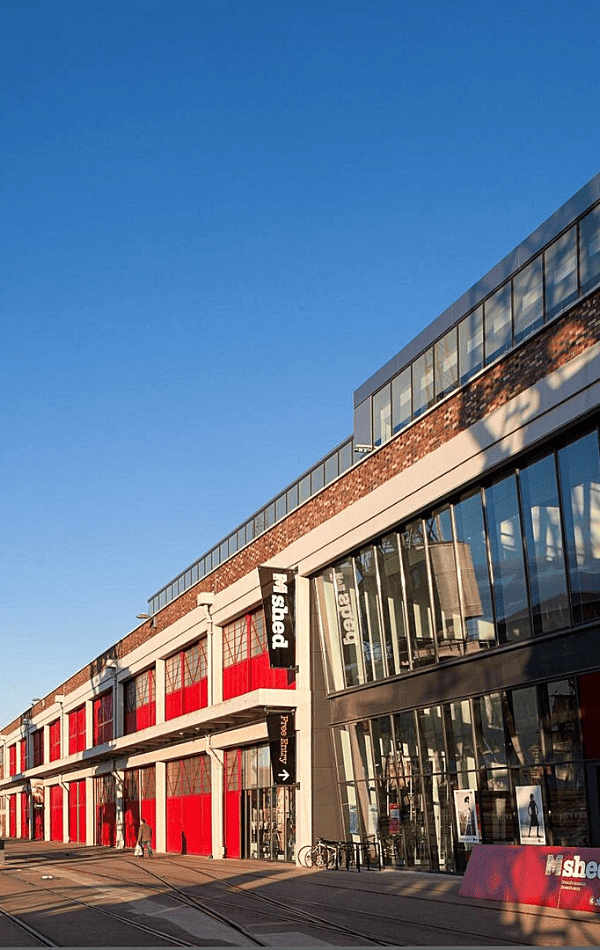
7. Majestic Ashton Court Estate: A Bristol Treasure
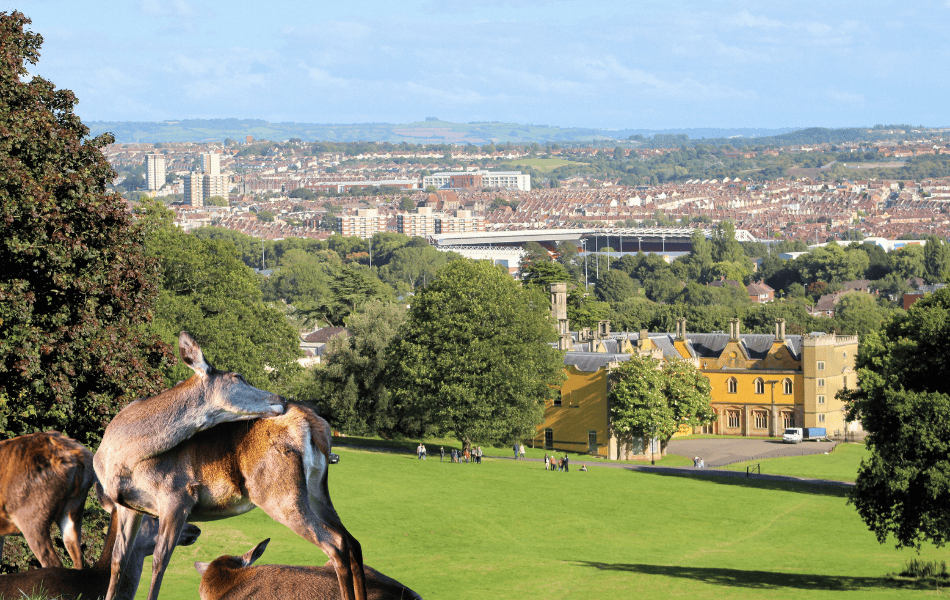
Majestic Ashton Court Estate is an absolute must-see in Bristol, the UK’s burgeoning and vibrant southwest city. With its enchanting Grade I listed manor house built by the Smyth family and their long-standing Dynasty, plus a stunning 850-acre estate of deer parks, pastures, woodland areas, gardens, and more; discovering it all is simply unforgettable!
What a great deal of activities on offer too – from pony trekking and golf to horse riding and orienteering – as well as wild adventures where visitors can explore the natural wealth of the area. The estate also hosts a range of events throughout the year such as food festivals, music nights, and park runs; making Ashton Court Estate an exciting way to experience this buzzing city!
Exploring Bristol’s Green Spaces – A Guide to Nature in the City!
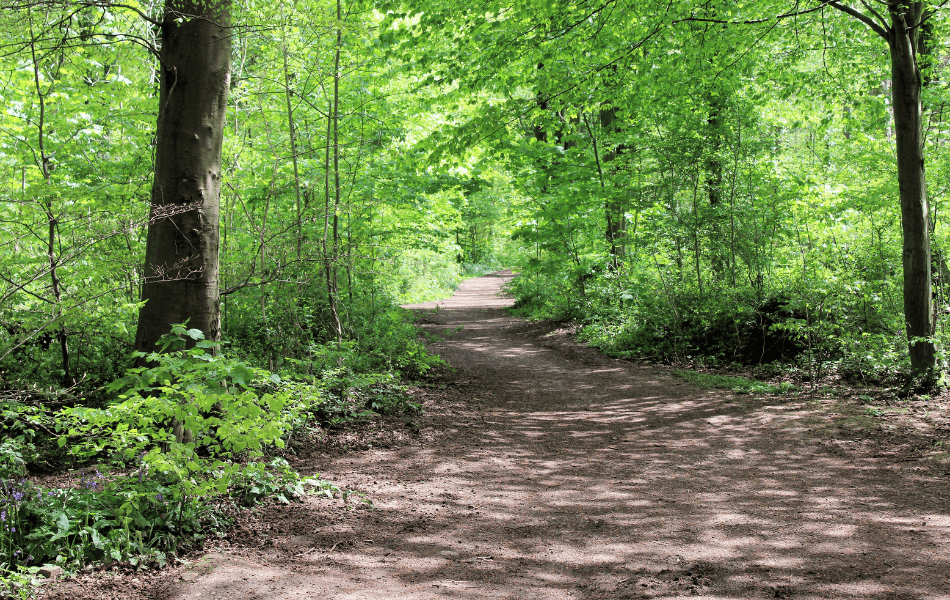
Bristol is a city that truly appreciates its green space! With a whopping 13% of the city’s total land allocated to parks and gardens, it’s no wonder that Bristol is one of the UK’s greenest cities. With lakeside walks, formal lawns, and family-friendly play areas – plus several nature reserves teeming with vibrant wildlife – this stunning city really has something for everyone when it comes to enjoying green space.
St George’s Park
- Home to a range of habitats, from meadows and grassland to woodland and riverside.
- Its large lake is ideal for non-motorized water activities such as canoeing, boating, and kayaking.
- A great selection of facilities from tennis courts to bowling greens and children’s play areas.
- The park plays host to regular events ranging from live music to outdoor theatrical performances.
Brandon Hill
- Brandon Hill is an iconic landmark that dates back to 1250.
- Geologically, it is thought to have been formed by the same glacial action as nearby Durdham Downs, as evidenced by similarities in its geology and the composition of soils found there today.
- Socially, Brandon Hill was a very important site in the middle ages, being used for recreation and leisure during this time period.
- Today, it is home to popular attractions such as Cabot Tower (which houses Bristol’s observatory) and the tranquil Sunday parks, where visitors can relax on sunny afternoons.
- Easy access to the hill’s vast parkland, aquatic views of Cork Harbour, and a prominent view of Clifton Village.
Leigh Woods
- The area is a lush green urban forest located on the side of the Avon Gorge.
- It is full of wildlife, including both woodland and river-dwelling species, and its ancient woodlands offer an array of activities such as hiking, cycling, or horse riding to visit its distinct landscapes.
- A National Nature Reserve and Site of Special Scientific Interest (SSSI), Leigh Woods contains over 350 ha of valuable habitats and is popular with visitors looking to immerse themselves in nature while surrounded by a historic landscape shaped by industry and human creativity.
- Overlooking the Bristol Channel also offers breathtaking views across the start of the Severn Estuary.
Bristol’s Varied Modes of Transport
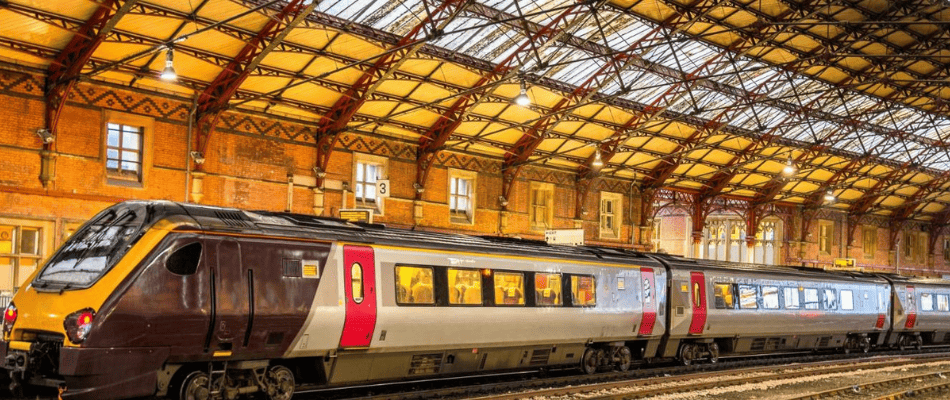
Bristol is an urban area with an extensive public transportation system which makes it easy to travel around the city. The modes of transport include bus, rail, ferry, and air services with network routes for both local and long-distance trips. Each mode has different characteristics but all offer a comfortable and cost-effective service.
| Buses | Buses provide frequent links throughout the region. |
| Rail | Rail provides mainline services from Bristol Temple Meads station to major cities in the South West such as Cardiff, Exeter, and Plymouth. |
| Local Commuter Train | Local commuter train network for inner-city connectivity as well as park-and-ride facilities for drivers at key locations around the city. |
| Ferry | Ferry services from Avonmouth Docks linking to Ireland and France provide a unique way to explore beyond Bristol’s boundaries. |
| Bristol Airport | International travelers can benefit from the convenience of Bristol Airport offering direct links to many European destinations. |
| Taxis | Highly regulated by the council, providing reliable and safe transportation for business or leisure travel. They offer competitive rates and allow passengers to tailor ride times around their schedule, such as pre-booking a pickup or dropping off late at night. There is also a range of facilities available with Bristol taxis, from wheelchair access to online booking systems. |
| Hot Air Balloon | Bristol’s hot air ballooning scene has been gaining traction in recent years as an alternative and incredibly exciting mode of transport. Hot air balloons have been around since the late 18th century, but it wasn’t until the mid-1970s that Bristol became a superior destination for taking to the skies in one of these incredible machines. Add a bit of adventure to your travels! |
“Bristol is a wonderful and unique place to live. It has a great mix of modern and historical attractions, as well as some amazing natural beauty.”
David Attenborough

9 Different Regions
- North East – largest city Newcastle
- North West – largest city Manchester
- Yorkshire & the Humber – largest city Leeds
- East Midlands – largest city Melton Mowbray
- West Midlands – largest city Birmingham
- South West – largest city Bristol
- South East – largest city Guildford
- London – London
- East of England – largest city Cambridge
Planning your trip to Bristol in the South West Region of England? Let us know what you will be getting up to in the comments section, so others can benefit from your trip too.
Recent Posts
Discover insider tips to find cheap flights from the UK, save on easyJet, Ryanair & BA, and score the best weekend and last-minute deals. Why You’re Paying Too Much for Flights Most UK...
Discover the sounds of travel, from laughing kookaburras to market chatter, church bells to ocean waves - a journey heard as much as seen. It always starts with a sound. The other day, walking...

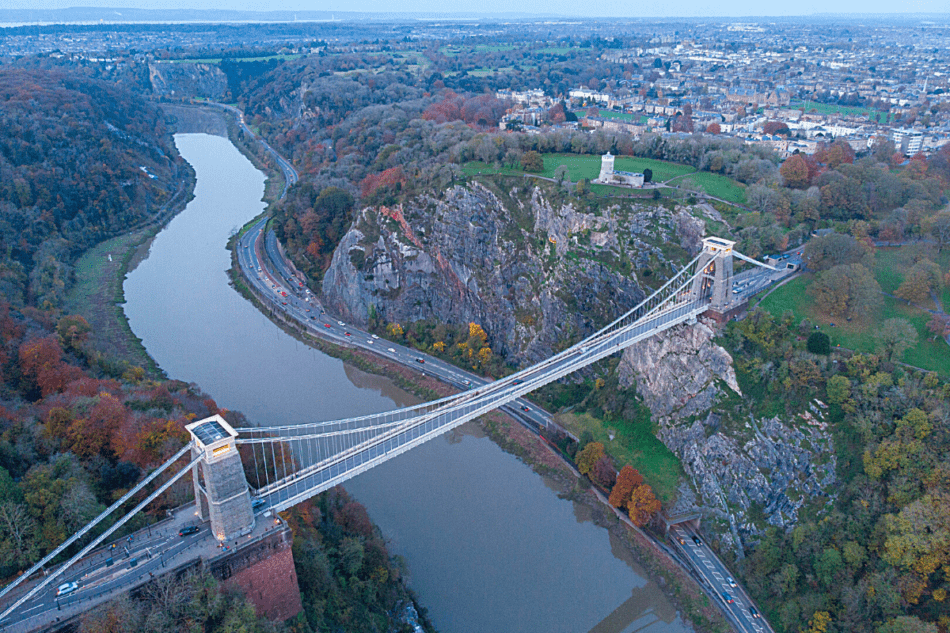
16 thoughts on “Why you Need to Visit Bristol: experience the fascinating history”
Comments are closed.